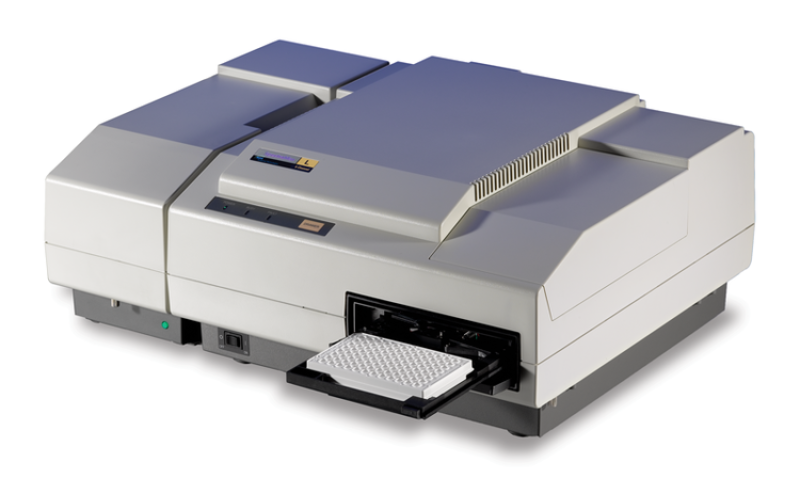Microplate readers have become indispensable instruments in today’s life science and pharmaceutical research environments. Their ability to rapidly measure biochemical, cellular, and chemical reactions in a high-throughput manner directly impacts the efficiency and accuracy of various experimental workflows. This article delves into the technological progression, functional versatility, and market dynamics influencing the adoption of microplate readers across laboratories worldwide.
Cutting-Edge Technologies Driving Microplate Reader Development
The evolution of Microplate Readers technology is marked by significant advances in detection methods and analysis capabilities. Traditional absorbance-based readers, which measure light attenuation at specific wavelengths, have expanded into multi-mode devices integrating fluorescence, luminescence, time-resolved fluorescence (TRF), and fluorescence polarization capabilities. These technological enhancements enable researchers to conduct diverse assays, from enzyme-linked immunosorbent assays (ELISA) to nucleic acid quantification and cell viability studies, within a single instrument platform.
Innovations such as increased sensitivity, broader dynamic ranges, and reduced assay times have further elevated the utility of microplate readers. Additionally, the incorporation of temperature control, shaking functions, and injectors facilitates complex kinetic and cell-based assays. The integration of advanced software solutions also empowers end-users with complex data analysis tools and customizable workflows, reinforcing microplate readers as essential instruments in research and diagnostic laboratories.
Key Applications Demonstrating the Value of Microplate Readers
Microplate readers serve a broad spectrum of applications central to drug discovery, clinical diagnostics, and academic research. Their high-throughput capabilities streamline screening processes, enabling pharmaceutical companies to test thousands of compounds for biological activity efficiently. In clinical pathology labs, these devices are integral to immunoassay testing, hormonal analysis, and pathogen detection through ELISA or multiplex assays.
Academic researchers rely on microplate readers for molecular biology studies such as DNA/RNA quantification, enzyme kinetics, and cell proliferation assays. The adaptability of these instruments to various microplate formats—including 96-, 384-, and 1536-well plates—makes them suitable for both small-scale and large-scale experimental designs. This versatility translates into faster development timelines and reduced costs across multiple research disciplines.
Commercial Factors Influencing Microplate Reader Purchases in Global Markets
The decision-making process for purchasing microplate readers involves evaluating parameters such as detection capabilities, throughput requirements, instrument reliability, and cost-effectiveness. Manufacturers are competing by offering modular designs and customizable options that cater to specific assay demands and laboratory sizes. Alongside product features, service support, training, and software compatibility remain critical factors influencing buyer preferences.
Pricing strategies vary widely based on detection modes and additional functionalities, with basic absorbance readers costing significantly less than advanced multi-mode platforms. The rising trend toward automation and laboratory information management system (LIMS) integration also drives product innovation. Contract service providers and core labs often seek scalable solutions capable of handling diverse assay workloads, prompting the development of versatile systems tailored to extensive application portfolios.
Accessing Comprehensive Research for Informed Procurement Decisions
For organizations aiming to invest in microplate readers, in-depth market research reports offer valuable navigational support. These resources consolidate data on competitive landscapes, emerging technologies, regulatory frameworks, and end-user feedback. Acquisition teams and laboratory managers utilize such insights to benchmark vendors, assess product roadmaps, and forecast return on investment.
Comparative analyses focus on technology adoption rates, future growth opportunities, and regional market dynamics. Insight into the latest product launches, patent activity, and collaborative partnerships also informs strategic purchasing decisions. Access to validated market intelligence empowers stakeholders to align their procurement strategies with evolving scientific requirements and industry standards, ensuring optimal resource allocation and long-term operational benefits.
Get This Report in Japanese Language - マイクロプレートリーダー
Get This Report in Korean Language - 마이크로플레이트 리더
Read More Articles Related to this Industry –
How ICT Companies Can Leverage Google Business Profile for Local SEO Success
How Predictive Maintenance is Revolutionizing Industrial IoT
Prescriptive Analytics vs. Predictive Analytics: Key Differences and Applications
About Author:
Priya Pandey is a dynamic and passionate editor with over three years of expertise in content editing and proofreading. Holding a bachelor's degree in biotechnology, Priya has a knack for making the content engaging. Her diverse portfolio includes editing documents across different industries, including food and beverages, information and technology, healthcare, chemical and materials, etc. Priya's meticulous attention to detail and commitment to excellence make her an invaluable asset in the world of content creation and refinement.
(LinkedIn- https://www.linkedin.com/in/priya-pandey-8417a8173/)
